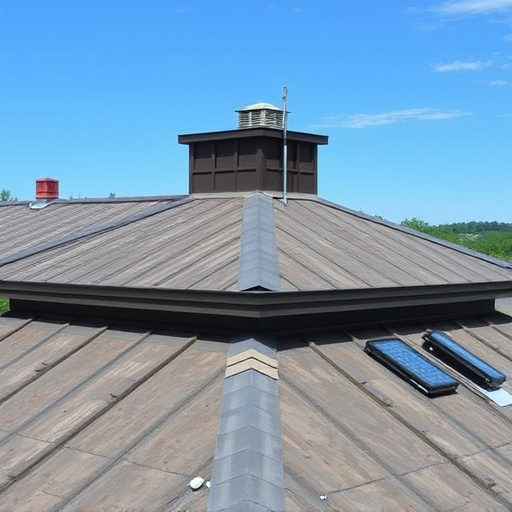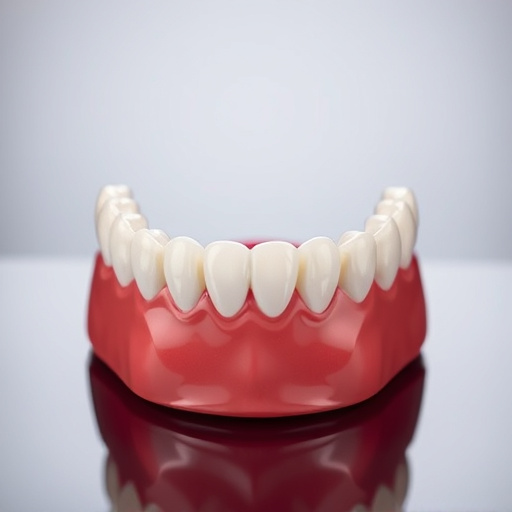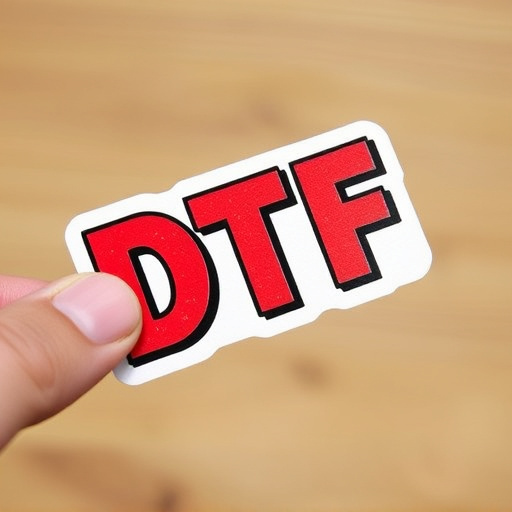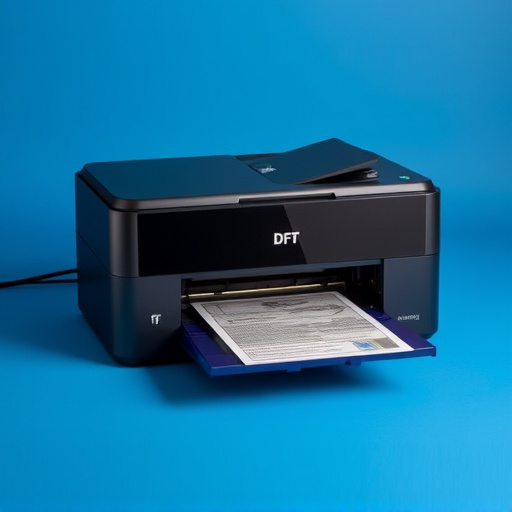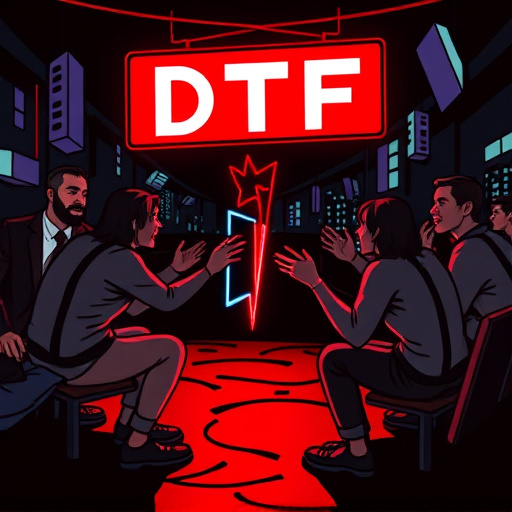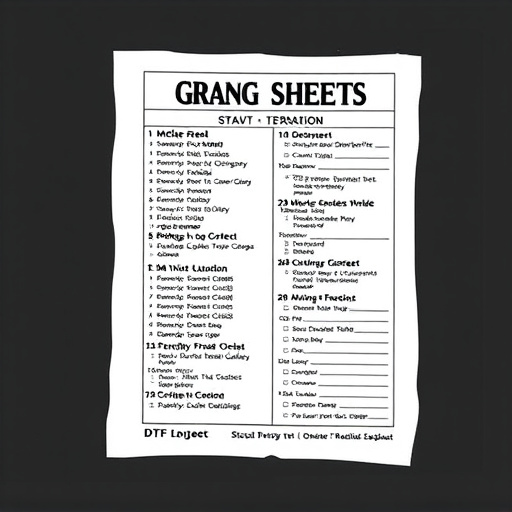The Commercial DTF Printing market is experiencing rapid growth and transformation due to advanced technologies, increasing demand for vibrant, efficient printing on light fabrics, and competitive pricing. Faster speeds, improved precision, user-friendly interfaces, and specialized films are key trends. Democratization of heat press technology and improved manufacturing efficiency have driven equipment costs down, enabling small businesses to enter the market. Future prospects include wider availability of DTF transfer sheets, advanced ink formulations, and expanded material compatibility for personalized, on-demand apparel.
Commercial DTF printing equipment prices are plummeting, reshaping the landscape of on-demand printing. This sudden drop is a testament to the evolving market dynamics within the industry, driven by advancements in technology and increased competition. As costs decline, businesses can now access high-quality, cost-effective DTF printing solutions. This article delves into the factors behind this trend, its implications for print service providers, and explores future possibilities in the rapidly transforming commercial DTF printing market.
- DTF Printing Equipment Market Dynamics
- Factors Driving Rapid Price Falls
- Implications for Businesses and Future Trends
DTF Printing Equipment Market Dynamics
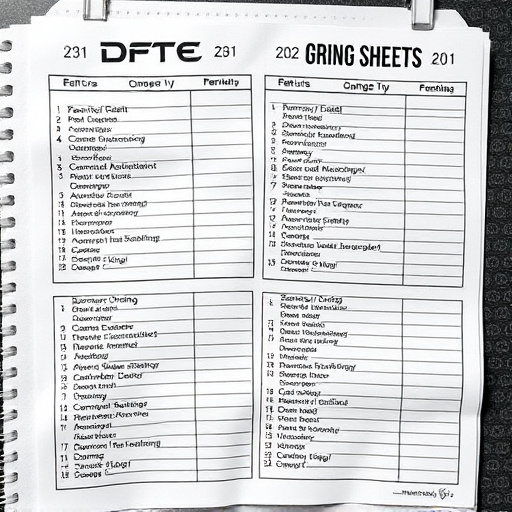
The Commercial DTF Printing Equipment market is experiencing a dynamic shift, driven by the rapid evolution of direct-to-fabric (DTF) printing technologies. The demand for DTF printing solutions has surged in recent years, primarily due to its efficiency, versatility, and ability to print on various light fabrics with vibrant colors. This surge in popularity has led to intense market competition, encouraging manufacturers to innovate and optimize their equipment. As a result, prices are falling across the board, making high-quality DTF printing accessible to small businesses and entrepreneurs looking to enter the custom apparel space.
The integration of advanced features such as faster printing speeds, improved precision, and user-friendly interfaces has become a key focus for manufacturers. Additionally, the development of compatible DTF transfer films tailored for different fabric types ensures optimal results, further driving market growth. This trend benefits both established print service providers looking to upgrade their equipment and newcomers aiming to establish themselves in the competitive commercial DTF printing for light fabrics industry.
Factors Driving Rapid Price Falls
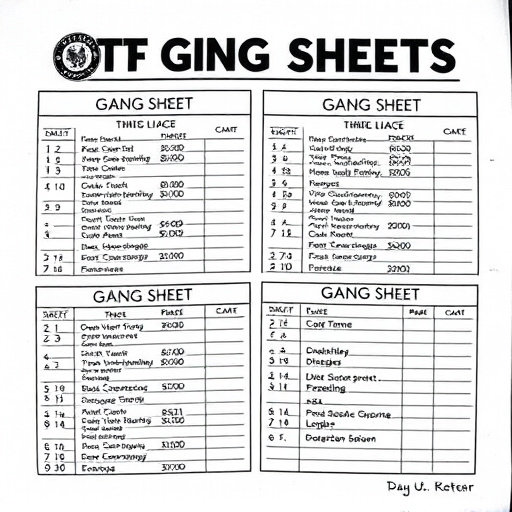
The rapid decline in Commercial DTF Printing Equipment prices is a result of several key factors reshaping the industry. One major driver is the increasing adoption of Direct-to-Fabric (DTF) printing by clothing brands and other textile businesses. This shift has led to higher demand for specialized equipment, which has, in turn, resulted in improved manufacturing efficiency and economies of scale. Production techniques are becoming more streamlined, allowing manufacturers to produce advanced DTF printers at significantly lower costs without compromising quality.
Additionally, the advent of heat press technology has played a pivotal role in this price fall. Heat presses, essential tools for applying dtf transfers to various fabrics, have become more accessible and affordable due to innovations in materials science and manufacturing processes. This accessibility has democratized DTF printing, enabling smaller businesses and entrepreneurs to enter the market, further increasing competition and driving down equipment prices.
Implications for Businesses and Future Trends
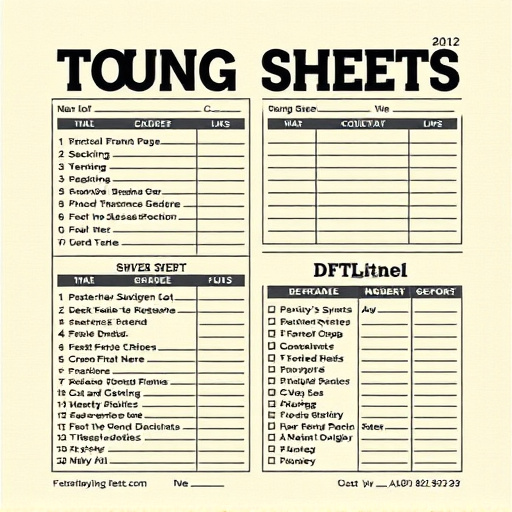
The declining prices of Commercial DTF Printing Equipment signal a significant shift for businesses in the textile and garment industry. This technology, which allows for precise and vibrant DTF printing on various materials, especially light fabrics, is becoming increasingly accessible. As a result, smaller enterprises and startups can now enter the market, offering competitive pricing and high-quality prints without the traditional barriers to entry.
Looking ahead, this trend suggests a future where DTF transfer sheets become even more ubiquitous, revolutionizing custom apparel and product design. The ability to produce on-demand, personalized items with intricate details and vibrant colors will undoubtedly attract a wide range of businesses. As technology advances, we can expect further innovations in ink formulations, printing precision, and material compatibility, pushing the boundaries of what’s possible in DTF prints.
The commercial DTF Printing equipment market is experiencing a significant shift with prices falling rapidly due to advancements in technology and increased competition. This trend presents a unique opportunity for businesses to invest in state-of-the-art machinery at competitive rates, enhancing their production capabilities and staying ahead in the dynamic printing industry. As the landscape continues to evolve, keeping pace with these market dynamics will be crucial for long-term success in commercial DTF Printing.





